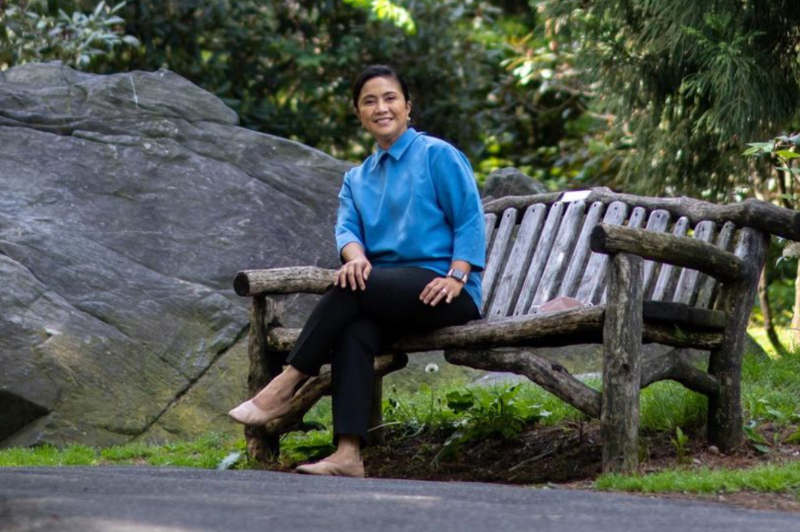Vice President Leni Robredo listed down what she hopes the Philippines can adapt from New York City, based on her observations from her recent trip.
The former presidential candidate arrived from the United States over the weekend with her family. They flew to the US to attend her youngest daughter Jillian Robredo‘s graduation rites at New York University.
Robredo also said they “tagged along Tricia’s meetings in Boston.” Tricia, her second eldest daughter, is a licensed doctor.
The vice president called the trip the “longest vacation” she has had “in ten years” or since 2012 when she was still a representative of Camarines Sur’s third district.
“We just walked and walked everyday, averaging about 15,000-20,000 ++ steps everyday. At kumain lang ng kumain,” Robredo said on Instagram.
“Lagi kong sinasabi sa mga bata na hindi ako mabubuhay sa New York dahil mas preferred ko pa din buhay sa probinsya pero may mga bagay doon na sana ma-achieve din natin dito,” she added.
Robredo then enumerated some of the things in New York City she hoped would be adapted in the Philippines, such as:
- Cities being “very pedestrian-friendly”
- “Very convenient” public transportation
- Prevalence of bike lanes and bike racks, as well as the availability of bikes to everyone for a “small fee”
- The prevalence of parks
- Preservation and restoration of old buildings which give the cities “character”
“Libreng mangarap at libre din pagtrabahuhan mga pangarap,” she wrote.
Her post has earned over 217,900 likes as of writing.
Robredo also mentioned that she dreams of having more walkable cities in the Philippines in one of her Instagram stories a few weeks ago.
A website rating the “walkability” of neighborhoods and cities ranked New York City the highest among cities in the United States with a good walking score.
The Big Apple earned a walk score of 88.0, a transit score of 88.6 and a bike score of 69.3.
It was followed by Los Angeles with a walk score of 68.6, a transit score of 52.9 and a bike score of 58.7.
Criteria include the cities’ proximity to stores, businesses and other daily necessities.
The analysis also took into consideration the walking routes, intersections, population density and various geographic factors using data from Google, Education.com, Open Street Map, Localize and the United States Census Bureau, among other sources.

